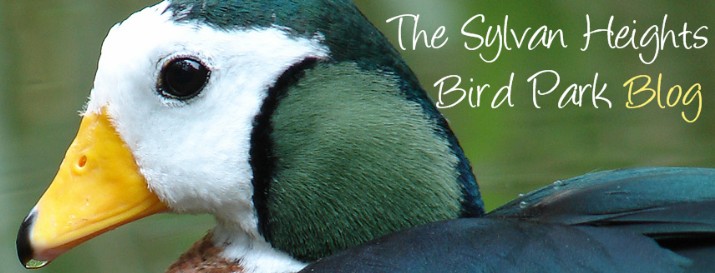 To most, flamingos are tall, even delicate looking birds. But did you know that these fabulous creatures inhabit – and even thrive in – some of the most inhospitable places on the planet?
To most, flamingos are tall, even delicate looking birds. But did you know that these fabulous creatures inhabit – and even thrive in – some of the most inhospitable places on the planet? Lesser flamingos, for example, live in the Rift Valley soda lakes of Africa. Here they drink water from volcanic springs with temperatures near the boiling point! And temperatures can soar up to 154 degrees F – a harsh environment, don’t you think?
In fact, naturalist Leslie Brown who was the first person to discover a lesser flamingo breeding area, attempted to wade through the caustic water and mud to get a closer look. He received chemical burns on his legs that required three skin grafts and left them scarred for life.
On the other side of the spectrum are the flamingos found in South America. Chileans, Andeans and James’ flamingos can all be found living high in the Andes, where they survive temperatures that can dip to minus 20 degrees F - Yikes! In fact, a recent PBS show (Nature) which featured the Andes in one of their episodes, had incredible footage of a flock of flamingos roosting in one of the high altitude lakes. At night, temperatures plummet and the surface of the water freezes trapping the flock until morning when the sun rises and melts the surface of the lake.
These three species spend much of their time living on the Altiplano salt flats feasting on the brine shrimp and algae that flourish in the caustic waters of the volcanic lagoons. Amazingly, the flamingos’ long, skinny legs are completely unaffected by the burning and destructive waters, though they take care to rinse their feathered bodies in the nearby freshwater lakes. They also drink heavily from these freshwater sources because their feeding lagoons are not suitable.
In addition, the flamingo’s beak is highly specialized with bristles on their tongue and lamellae (or comb-like structures) on both the top and lower beaks. This allows them to efficiently filter out the tiny nutritious food particles from the caustic waters, thereby minimizing their ingestion of harmful substances such as sodium hydroxide.
So next time you visit the park and see our flamingos on exhibit, instead of thinking palm trees and sandy beaches, perhaps you might think volcanic springs and freezing lakes!
To check out more incredible footage on these amazing birds, visit the PBS web site featuring Nature’s episode, Andes: The Dragon’s Back.
Hope you’ve enjoyed this second installment of our "Pink Link" series!

